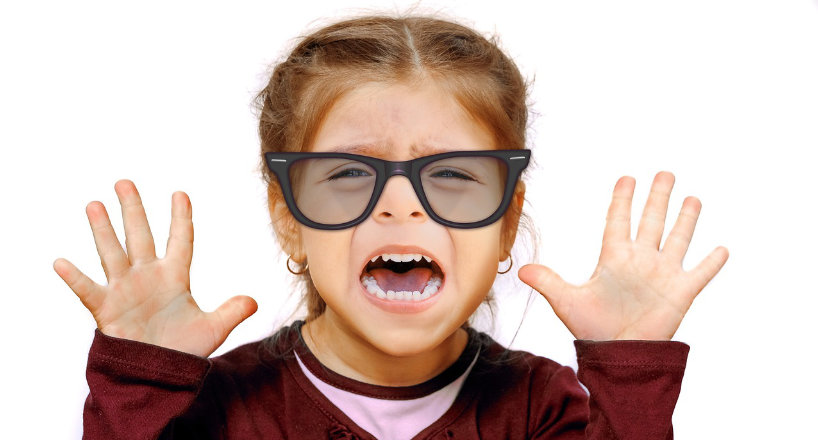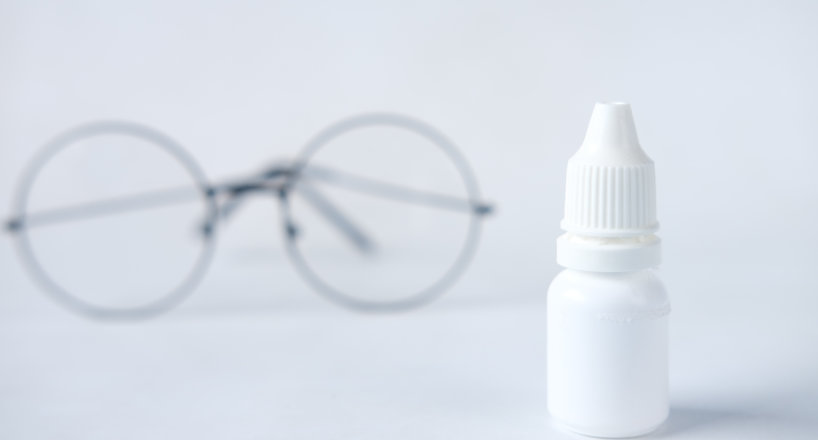Controlling Nearsightedness in Children

Nearsightedness, also known as myopia, is a growing concern among children worldwide. It is a vision problem that occurs when the eye grows too long, causing light to focus in front of the retina instead of directly on it. As a result, distant objects appear blurry, while near objects are seen clearly. Nearsightedness can have a significant impact on a child’s quality of life and academic performance, affecting their ability to participate in sports, read the blackboard in class, and perform well on standardized tests. In this article, we will explore the various ways to control nearsightedness in children, including early detection, prescription eyeglasses or contact lenses, lifestyle changes, and in some cases, surgery.
Orthokeratology (Ortho-k)
Ortho-k is a process that utilizes specifically developed stiff gas permeable contact lenses used in the evening to gently improve the cornea, ultimately permitting clear vision during the day. The lenses are worn every night or every number of nights depending on the results of the person. Perfect for moderate to moderate myopia, ortho-k typically takes a few weeks to show results, throughout which time the client might need to momentarily continue wearing glasses or contact lenses.
Research studies show that using ortho-k can completely decrease the progressive lengthening of the cornea which is accountable for nearsightedness and can for that reason slow or stop the childhood progression of the condition. Therefore, in addition to being utilized for myopia correction, it is now also being offered as a healing treatment to stop myopia progression in children.
Multifocal Eyeglasses or Contact Lenses
Bifocal or multifocal soft contact lenses or glasses have actually been displayed in some research studies to slow myopia progression. This therapy is based upon the concept that the eye is strained from accommodating to see close up and that by providing multiple focusing powers, this enables the eye to relax when doing near work, which minimizes the progression of the refractive mistake. This treatment has actually been shown to postpone or slow the advancement of myopia in some children.
Atropine Drops

Treatment with atropine drops is another treatment that is used to unwind the eye from “focusing fatigue” which might be a perpetrator in myopia progression.
Research study is still being done however some research studies reveal that day-to-day usage of low dosages of atropine drops do slow the development of myopia. Atropine drops dilate the student which briefly avoids the eye from being able to focus, thereby enabling this mechanism to relax. Research is still being done to determine does, however the outcomes are promising.
If your child has progressive myopia, look for a pediatric optometrist who is educated about the options available. Discovering the right treatment could give your child the gift of better eyesight for life.